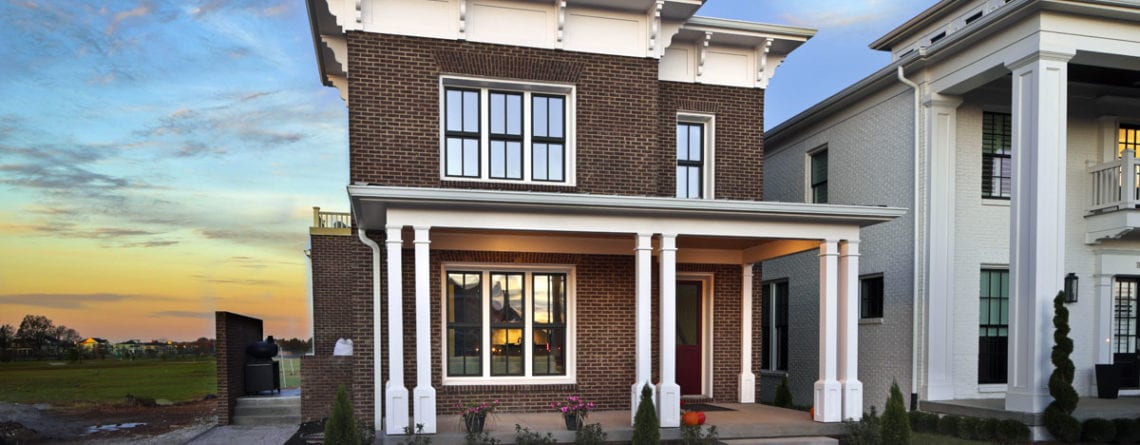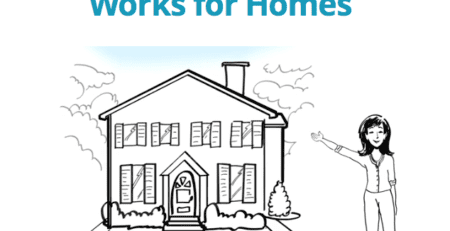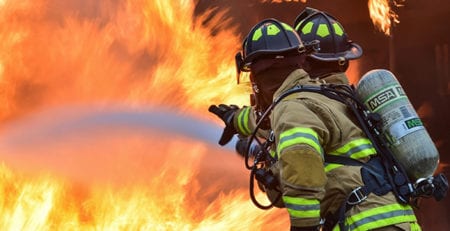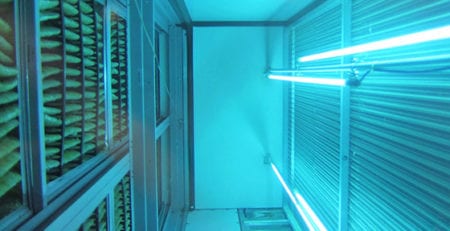Award-Winning Builder + Aeroseal = Maximum Home Performance
From the beginning, Sy Safi planned on making his latest home building project a model for sustainability and maximum efficiency. As a national and international award-winning sustainability consultant and progressive builder, he had already proven that a well designed home could provide levels of health, comfort and energy efficiency well beyond those found in typical home construction projects today. This time around however, he wanted to take things to even greater heights.
Therefore, when Safi’s company, UberGreen Spaces & Homes partnered with architectural firm Pohl Rosa Pohl to design Su Verde, the latest in a series of Proud Green Home building projects, he reviewed all of the most promising residential green building technologies and products aimed at enhancing the livability and performance of the structure. Safi was determined that the Louisville, Kentucky-area home would be a showcase for comfortable, sustainable living, and that included everything from water efficiency to durability to low maintenance.
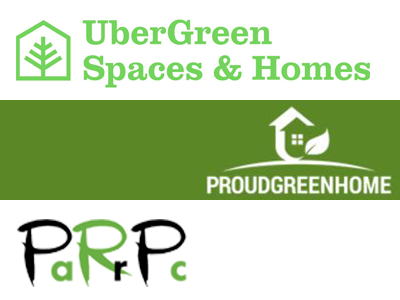
It was also designed to be a Net-Zero building, meaning that, when completed, the total amount of energy used by the home would be equal to the amount of renewable energy created on the site. To help meet the energy efficiency goals of the designers, HVAC contractor Allgeier Air installed a state-of-the-art mechanical system as well.
“The home itself is very energy conservative and tightly built, so we were able to downsize the equipment compared to what a house of this size would normally be,” said Allgeier Air’s senior design engineer, Ron Neal. “We installed a geothermal system that’s extraordinary in energy savings but also comfort and cleanliness. We also put in a two-stage system so it will operate at a lower stage most of the time and that lower stage costs less to operate.”
“There is one way to mess up an energy efficient mechanical system and that is by having leaky ductwork.”
Ron Neal
Senior Design Engineer
Allgeier Air
Critical to the proper functioning of the geothermal system was a leak-free duct system and that was assured through the use of aeroseal.
“There is one way to mess up an energy efficient mechanical system and that is by having leaky ductwork,” said Neal. “The machine, the function and the science behind energy efficient design can only work as well as the way it is installed.”
According to Neal, improperly functioning ductwork is often the culprit behind underperforming HVAC systems. “Typical duct systems will leak up to 40, 45, 50 percent, and that means you are not putting the air where it is designed to go. It also means you’re loosing that energy,” said Neal. “Using aeroseal technology, we had 2% leakage after we sealed the ducts. That not only means improved comfort and energy savings, but also the indoor air quality of the home. Leaks in the duct system can pull in contaminants from wherever the duct system is located – the basement, attic, even the walls. With Aeroseal, that is all sealed up so you’re not pulling in and distributing dust or other contaminants like bacteria, fungus and mold.”
Unlike traditional approaches to duct sealing, aeroseal works from the inside of the ducts to locate and seal leaks.
“The aeroseal experts came in, cut a temporary hole in the side of the duct and blew the sealant inside the duct system,” said Safi. “It was all done after the duct system was fully put in place. So it’s fool proof. You don’t have to do anything. A computer monitors the sealing process and tells you how much leakage remains.
“So when we used Aeroseal to seal the ductwork in this house, we were able to seal it to nearly 100% leak-free.”
Sy Safi
Builder
UberGreen Spaces & Homes
You can see as it seals up, the line on the graph goes down to nearly nothing. So when we used Aeroseal to seal the ductwork in this house, we were able to seal it to nearly 100% leak-free – which makes our system designed to operate as optimal as possible.”
By shoring up any duct leaks, the builder and architect knew they would meet their goals for comfort, indoor air quality and energy efficiency. While they used a third-party consultant to test and verify the performance of their home, it didn’t take the energy efficiency certifications and awards they received to let them know they did a good job.
“You can feel it,” said Clive Pohl, project architect and principle of Pohl Rosa Pohl. “When you live in or visit a healthy home or a high-level LEED certified home like this, you can simply feel the difference. Those people who are not in the industry may not be able to articulate it. They may not be able to understand why it feels different, but it feels different.”
Image Gallery - Su Verde
“Aeroseal is also a great product for retrofitting,” said Neal. “We know a bunch of HVAC contractors that use it for both retrofitting and for new construction projects because they find that to be easier than doing mastic or foil tape or the other more commonly used strategies. I can confidently say that with the help of aeroseal, this home is in the top 1% of all those high efficiency homes we read about and certainly all the thousands of average performing homes that we’ve tested.”
With the construction of the Su Verde home completed just a few months ago, Safi hosted an informal open house for local residents. Among those who attended was a couple who, three years ago, bought a high-performance home built by UberGreen Spaces & Homes. They wanted to share with others the affects that such a well designed home could have on energy consumption. To make that point, they showed off their last month’s energy bill, which was $15.

Safi admits that homes like these typically cost 20-30 percent more than homes of comparable sizes in the same neighborhood. But homeowner demand for better performing homes continues to rise.
“This house has way more value in it,” said Safi. “This is the future of housing. This house will pay back. (With energy savings and maintenance) the total cost for this house will cost less than its neighboring houses over a 30-year-period.”

